Double masking can significantly improve protection, new data from the US Centers for Disease Control and Prevention shows.
Researchers found that layering a cloth mask over a medical procedural mask, such as a disposable blue surgical mask, can block 92.5% of potentially infectious particles from escaping by creating a tighter fit and eliminating leakage.
"These experimental data reinforce CDC's prior guidance that everyone 2 years of age or older should wear a mask when in public and around others in the home not living with you," CDC Director Dr Rochelle Walensky, told a White House briefing. We continue to recommend that masks should have two or more layers, completely cover your nose and mouth, and fit snugly against your nose and the sides of your face," said Walensky.
Medical procedure masks like the commonly seen blue surgical masks typically don't fit securely to faces and create gaps, allowing unfiltered air to escape. A fitted cloth mask can act as a cinch and secures the loose medical mask in place. This improves protection by preventing leakage of unfiltered air and particles, better protecting the wearer and those around them.
Beginning in January 2021, the CDC tested two simple modifications to improve the performance of commonly used masks by using the "double masking" and "knotting" methods.
The study found that 'knotting' can improve the overall performance of medical procedure masks. By folding mask edges inward and knotting ear loop strings where they meet mask fabric, the excess fabric is flattened and reduces the gap on either side of the face.
A knotted medical mask can block 63% of particles that could contain coronavirus from escaping, a significant improvement from blocking only 42% of particles when unknotted, according to the CDC's Morbidity and Mortality Weekly Report published Wednesday.
The study also found that when both an infected and uninfected source were wearing double masks, the cumulative exposure from potentially infectious aerosols of of the uninfected person was reduced by 96.4%. When both people wore knotted and tucked masks alone, the cumulative exposure was reduced by 95.9%. Both findings highlight the importance of a good fit to maximize mask performance and reduce exposure.
The CDC team used a medical procedure mask, and a three-layered cloth mask for a total of 12 different mask combinations. They performed tests using various combinations of no mask, double masks, and unknotted or knotted and tucked medical procedure masks. They did not test N95 respirators.
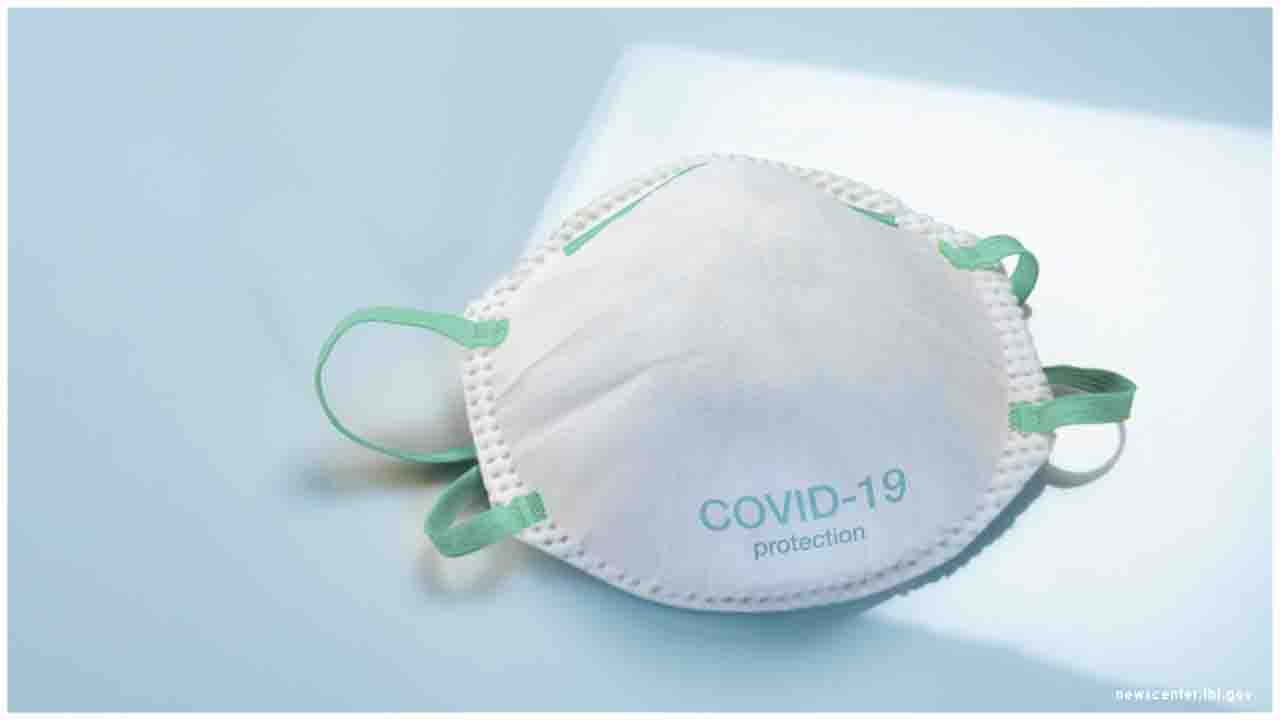
 Double masking improves protection by preventing leakage of unfiltered air and particles
Double masking improves protection by preventing leakage of unfiltered air and particles










.jpeg)


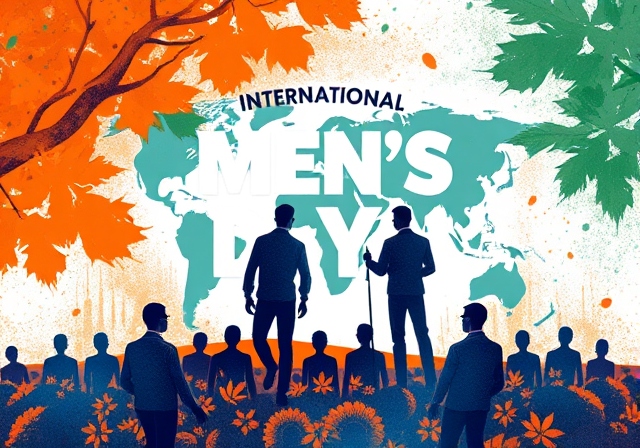
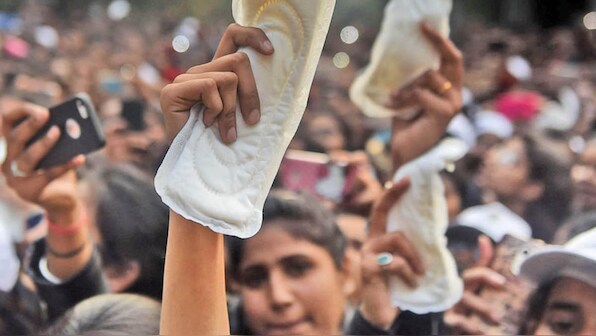


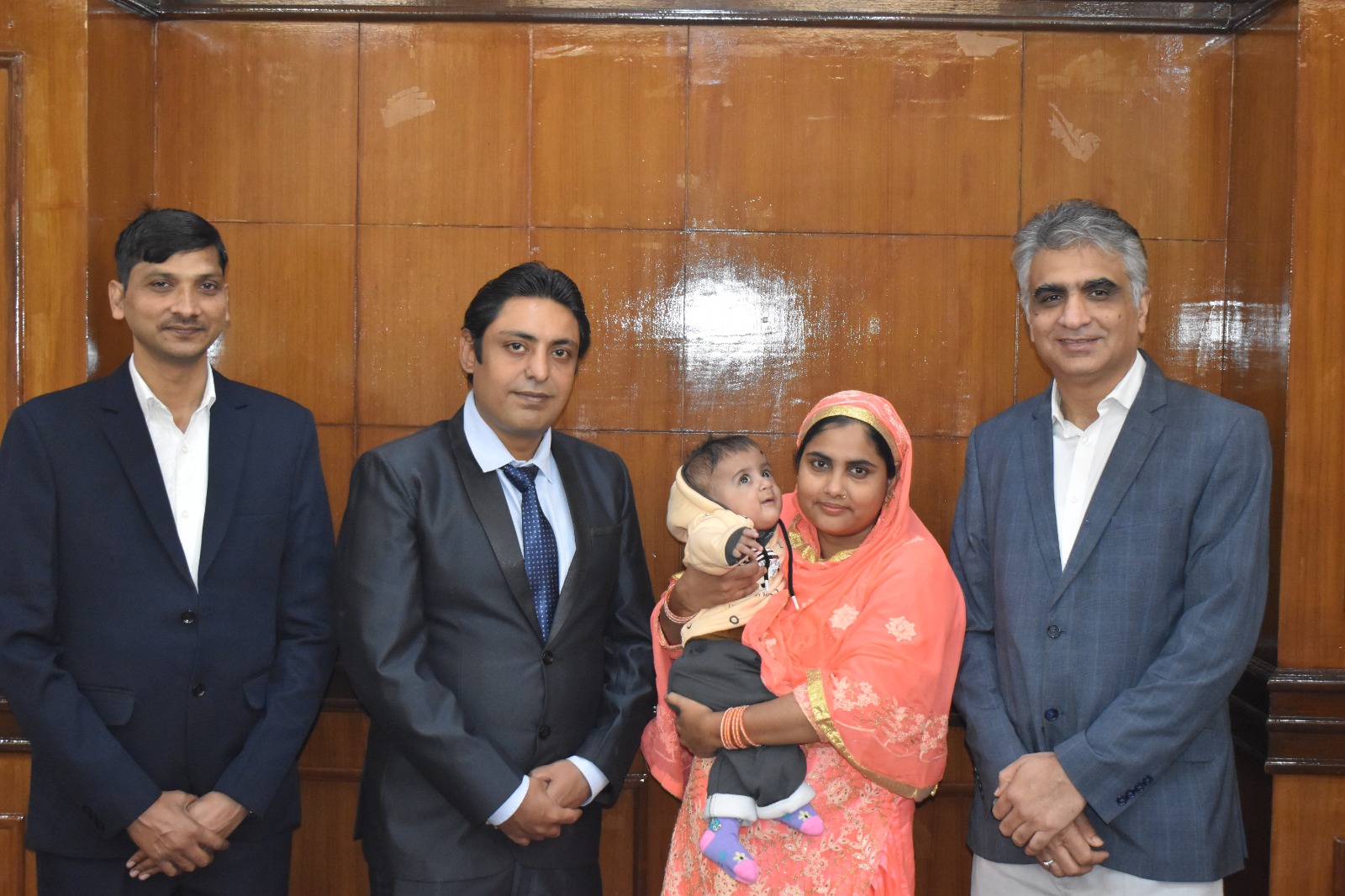

.png)
.png)

.png)
.png)
.png)
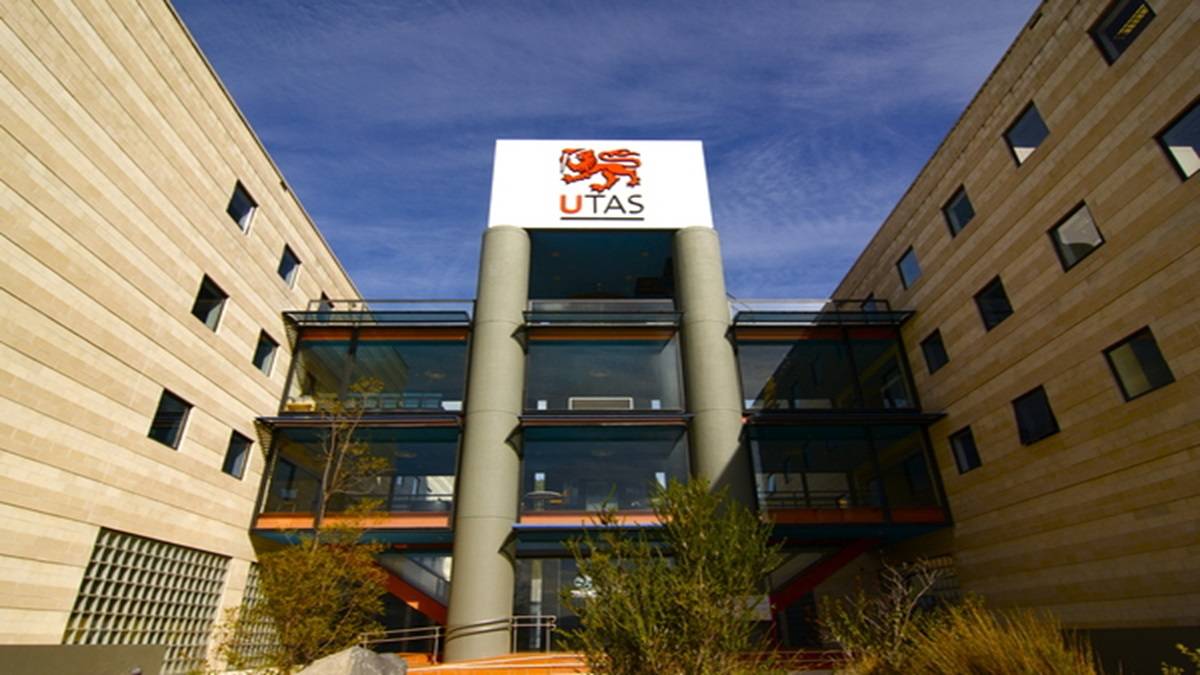
.png)
.png)
.png)

.png)
.png)